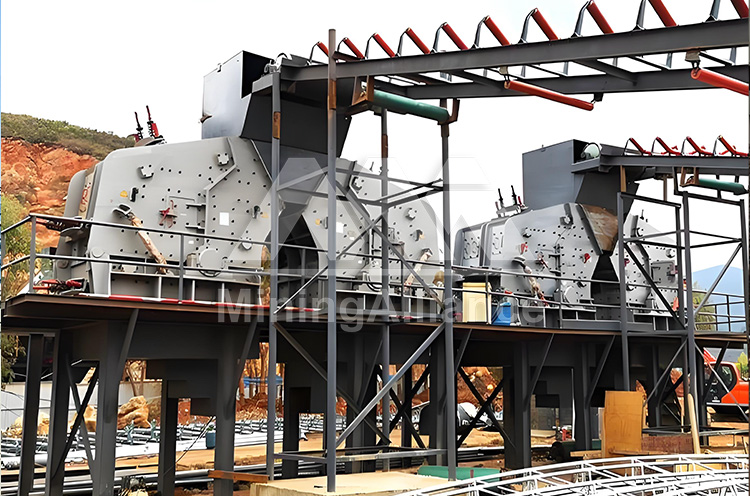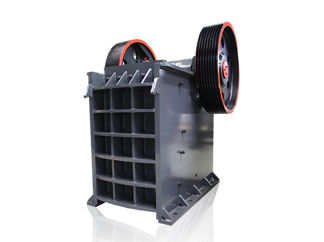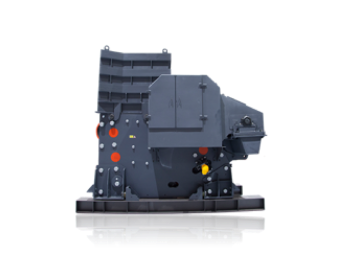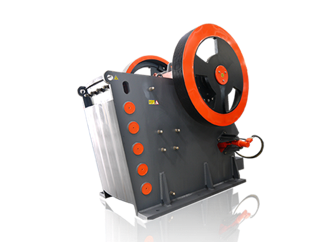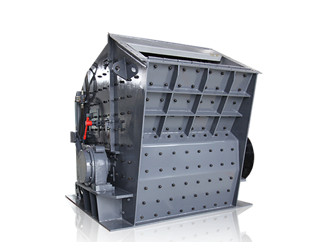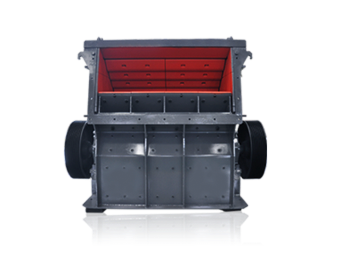Impact crushers are gaining prominence in manufactured sand and aggregate production due to their excellent shaping and secondary crushing capabilities. The high-speed rotating rotor throws material onto impact plates, achieving both crushing and shaping in one process.
Suitable for materials like limestone, concrete, and construction waste of medium hardness or lower, impact crushers produce well-graded, cubical aggregates, making them ideal for high-standard projects such as expressways, airports, and water conservancy engineering.
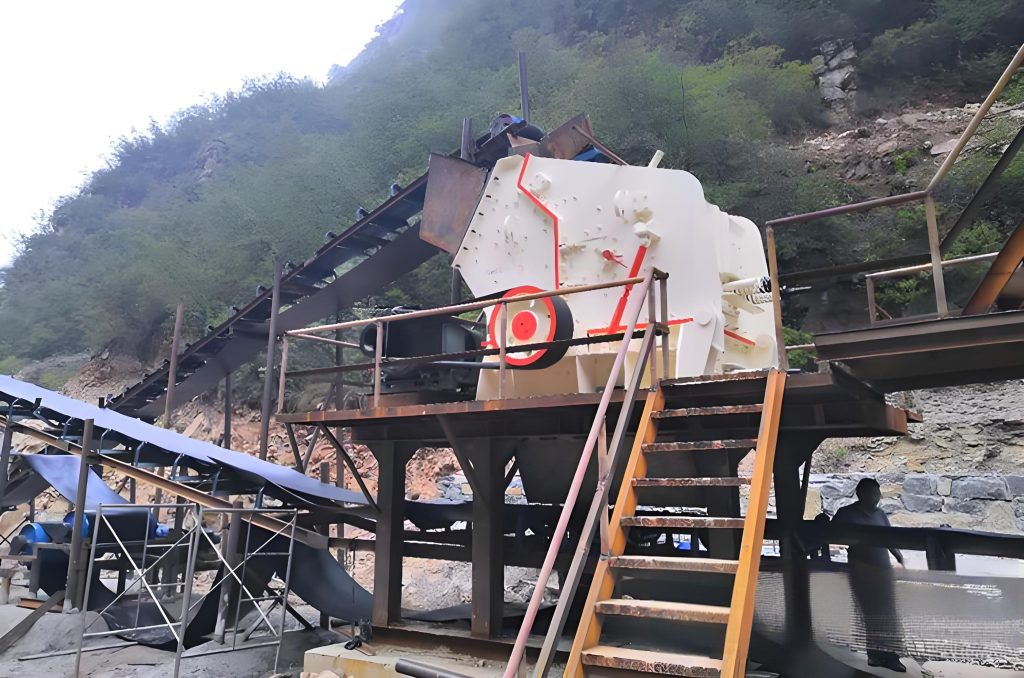
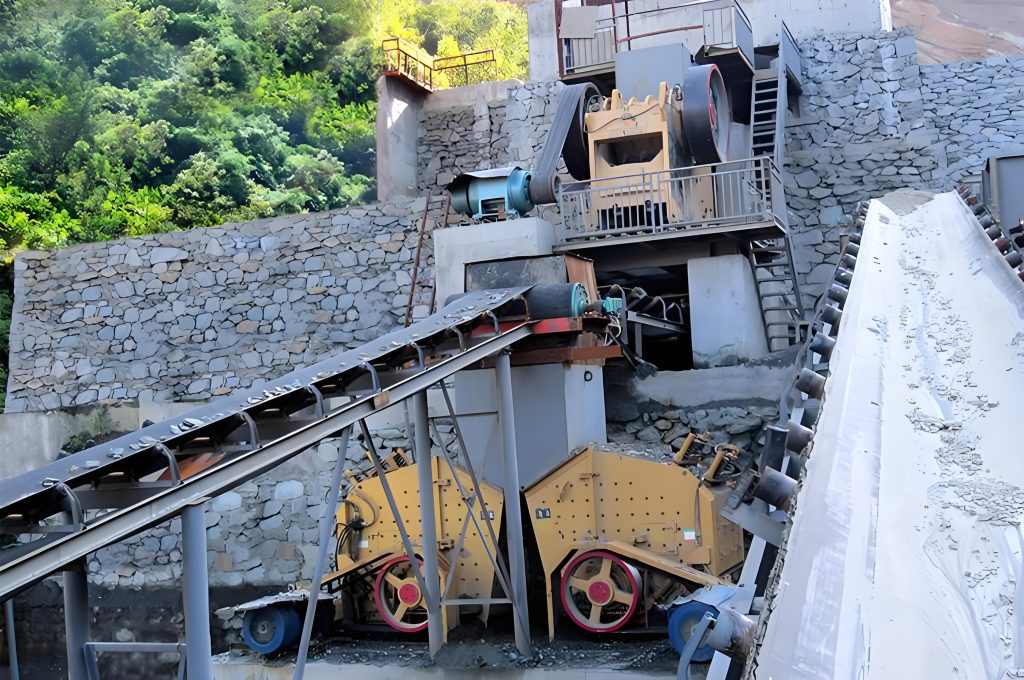
Unlike jaw and cone crushers, impact crushers feature a compact structure, easy installation, and convenient maintenance—attributes that make them a favorite among small to mid-sized sand and gravel plants and mobile crushing setups.
As environmental and energy-efficiency standards rise, impact crushers are being continuously optimized for higher efficiency, better wear resistance, and lower emissions—unlocking new potential in aggregate production.
Modern impact crushers feature optimized crushing chambers with multi-stage configurations and high-chromium alloy hammers, enhancing wear resistance and throughput. Paired with hydraulic opening systems and intelligent controls, these improvements greatly enhance maintainability and operational reliability.
In urban renewal projects like old building demolition or village relocation, impact crushers are indispensable for producing high-quality recycled aggregates due to their superior shaping capabilities.

